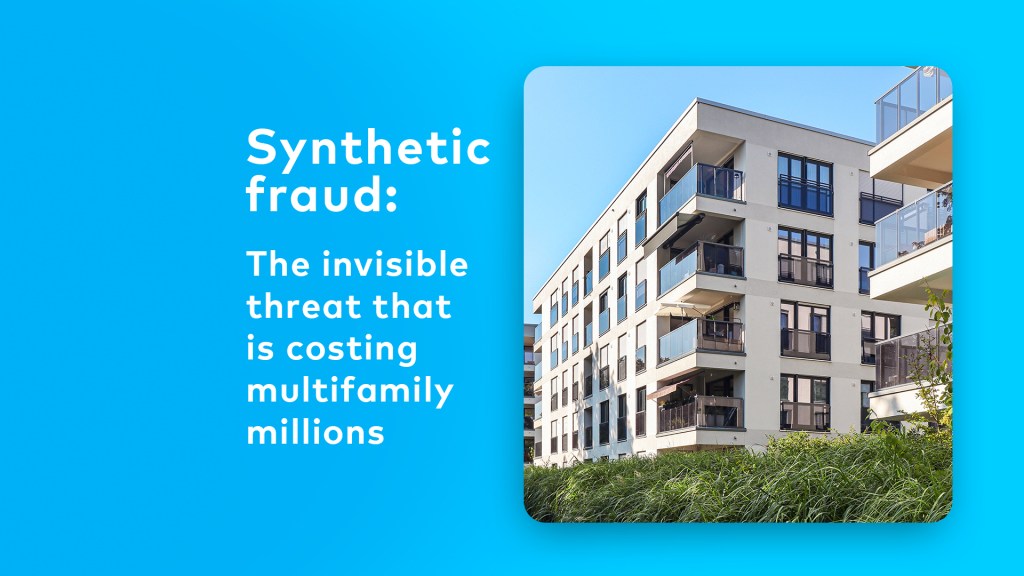By Yardi Blog Staff on August 23, 2021 in Global
How do real estate leaders pick proptech winners? Don’t start with technology, start with business strategy, advised Radiant Property Technologies Managing Director Paul Chen in the first instalment of Yardi’s Proptech Insights webinar.
The property technology universe, once studded with a handful of stars, is now strewn with countless constellations.
Technologies from artificial intelligence to augmented reality, driverless cars to big data, blockchain to smart buildings, are transforming the real estate value chain. But in a market with what can seem like millions of choices, how do savvy real estate players set their priorities?
This is a big question – one that Yardi’s Bernie Devine posed to Paul in the first of a new online insight series.

Welcome to planet proptech
Paul Chen was talking proptech before it was common industry parlance. Paul advises real estate investors and operators – from beginners to behemoths – to map out their digital strategies and navigate the competitive proptech landscape.
“Right now, the most common question I hear is: ‘How do I scale my business?’,” Paul said. The answer is never simple. But one of most talked about methods today is investment in the right operating infrastructure.
Bernie Devine, Yardi’s Regional Director, has worked at the intersection of real estate and technology for nearly three decades. He sees two big barriers holding real estate back from rapid advancement: “Resistance to change and resistance to spend”.
While the telecommunications and finance industries routinely spend 10 percent of revenue on technology, real estate is a different story. “Twenty years ago, it was one percent. Today it is only three or four percent and in a few cases five percent,” Bernie said during the first instalment of a series he has dubbed the ‘proptech duck dive’.
Real estate leaders know their sector trails rather than trailblazes. More than three quarters (77%) of respondents to Mingtiandi’s tech adoption in real estate survey, developed in collaboration with Yardi in 2020, thought proptech investment lagged other industries.
But after decades of under-investment, the world’s largest asset class received a big wakeup call in 2020. In a matter of weeks, a pandemic forced the global property industry to eliminate the persistent paper trail, automate processes and introduce electronic workflows. As the very value of space was put to the test, real estate companies began to re-examine their business models.
A guide to the proptech galaxy
Charting a course through the proptech galaxy can be a rough ride. The real estate sector is seeing an “absolute explosion” in proptech solutions as “people with ideas” come together with “private equity looking for the next unicorn”, Paul remarked.
Take this simple statistic as an illustration of the trend: A US$20 million investment in proptech start-ups in 2008 soared to a US$4 billion within a decade. There is abundance of technology options, but most real estate companies worry the solution they pick today won’t survive tomorrow. So how do you make the best choice?
“It always goes back to the business,” Paul said. “What capabilities are you trying to build? How are you trying to position yourself in the market? What assets do you manage? What services do you offer to your customers? How will you add value?”
Paul illustrated his point with a story of one client, a Chinese developer, looking for a technology solution to aid expansion into asset management. Paul stood at a whiteboard, mapping out the steps from developer to asset and fund manager – “the revenue models and the capabilities” – and the solution was clear. “I told them they needed to understand where their business was and where they wanted to go in the future before they selected a system.”
The technology strategy must always “align with the business,” Paul advised. Some companies are adding chief transformation officers to payroll, but not all are backed with the resources to drive change, Bernie observed. Others are collaborating with proptech incubators. But for the most part, technology investment has not been strategic. “To build scale is really difficult if the infrastructure isn’t there,” Paul said.
Stellar solutions
The Mingtiandi report found 58 percent of companies across the Asian region still use Excel for leasing, sales and property management, and 66 percent turn to Excel for investor management and reporting. Most property companies know there are better alternatives, but they “lack the knowledge of the actionable first steps” Bernie said.
The first step is to skill up, Paul suggested. It’s no longer enough to turn to the tech team for advice. “Understand what these technologies can do beyond the headlines.”
But the more things change, the more they stay the same. Twenty-five years ago, the technology projects that shone the brightest were those that placed people at their heart. Paul said his diagnostic work with real estate companies has proved this was as true today as it was a quarter of a century ago.
Bernie concurred. The real estate leaders who will ride the next wave of disruption understand that their buildings are more than bricks and mortar. “A building is a device” – one that, with the help of technology, can create a stellar experience for people.
Sign up for the next episode of Proptech Insights featuring Lendlease.


